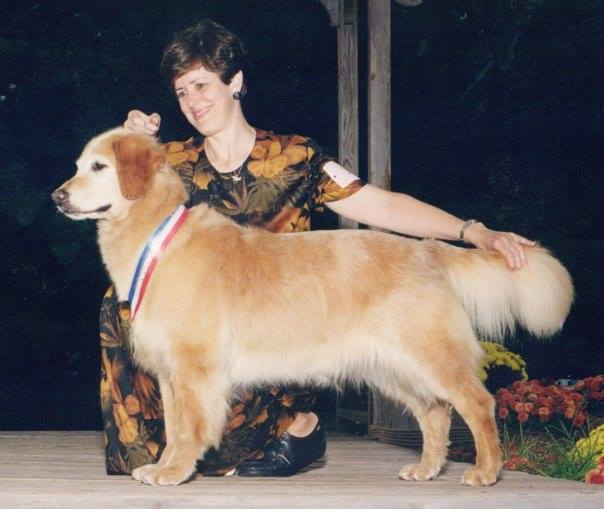
Breeder Spotlight – Gayle Watkins & Avidog
What first sparked your passion for purebred dogs?
When I graduated from college, my plan was to breed sport horses but my boyfriend, now husband, figured out that wasn’t very compatible with the nomadic lives of two Army officers. He recommend we go to the Del Monte Kennel Club dog show and it was there that I met my first Golden Retriever. It truly was love at first sight! That beautiful blonde boy was Suzi Bluford’s Ch & OTCH Sunstreak of Culynwood UDT WCX OS OBHF and he hooked me on purebred dogs and Golden Retrievers. I have shown them since 1979 and been breeding them since 1981.
We all grow and change as we learn more as breeders. When you first began your program, what was your goal?
I began breeding with the intent of producing the next Dual Champion (breed and field championship titles) Golden Retriever. I haven’t succeeded at that since there have been no DC Goldens since Dual CH AFC Tigathoe’s Funky Farquar OS DDHF FDHF finished his title in 1979. At that point in time, longevity wasn’t an issue…my personal dogs and those I bred routinely lived to 13 and 14 years of age…and only a few health problems were discussed. Thus, it was easy to focus on titles, while assuming our pups would have good health, longevity and temperaments by default.
What might you say is your focus for your breeding program now? How has your goal changed, and if it has, why has it?
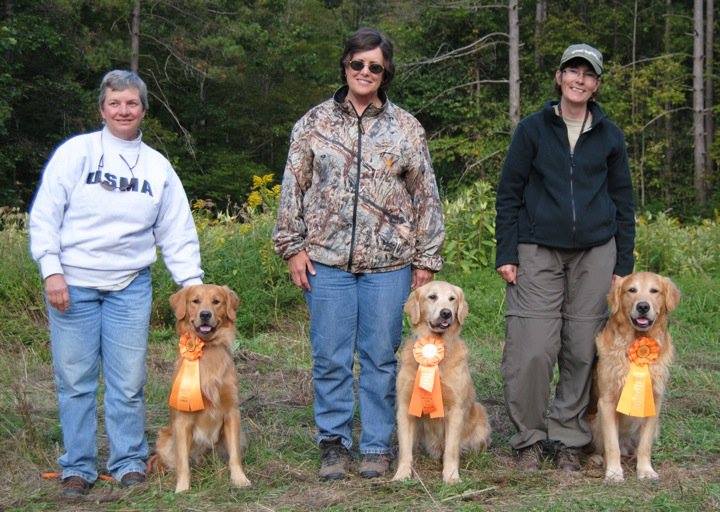 Although I still seek to produce beautiful, working Golden Retrievers, the realities of my breed’s challenges have changed my focus. Today, my breeding goals are longevity, health, natural working ability and stable temperaments in well-built Goldens. Both the conformation ring and field trials have become hyper-stylized, where winning requires dogs to be finely honed specialists rather than the moderate generalist the Golden is intended to be.
Although I still seek to produce beautiful, working Golden Retrievers, the realities of my breed’s challenges have changed my focus. Today, my breeding goals are longevity, health, natural working ability and stable temperaments in well-built Goldens. Both the conformation ring and field trials have become hyper-stylized, where winning requires dogs to be finely honed specialists rather than the moderate generalist the Golden is intended to be.
Although I still play those games when I have dogs capable of succeeding in them, a Dual Champion is no longer my goal. Instead, I evaluate my breeding stock elsewhere, especially on the hunting field. Perhaps the best test of my breeding program is having one of my dogs in an avid hunting home where the dog is owner-trained and handled to long hunting seasons of waterfowl and upland work over 10 or more years. That’s a pretty perfect test of my breeding goals.
Those of us who have bred awhile know it can be a rocky road full of challenges. Has there been a time in breeding you considered quitting?
I’ve actually quit several times. I went through a 10-year period where I couldn’t get a bitch pregnant for a wide array of reasons, from wars to hurricanes to sterile stud dogs. I was beginning to think the Universe wanted me to go back to horses. I finally had a litter…of 15 pups! Those guys made up for the dry spell!
After that, unexpected health problems have caused me to take a few hiatuses and regroup, research and start again. I love my breed but its health issues can cause a lot of heartbreak. I wish I could say that my dogs have no health problems but I can’t. Rather than giving up on Goldens, I seek to be honest about the issues we face and aggressive in initiating and supporting research to understand and hopefully resolve these issues. I have dogs in nearly every major and many minor research programs, including the Golden Retriever Lifetime Study.
What was one of your high points as a breeder?
Oh my gosh, I can’t name just one! I breed primarily competition and working Goldens and along the way, I’ve been blessed with amazing dogs and equally amazing owners. Regardless of whether it’s a national championship or a hard-earned qualifying score or a treasured partnership between an owner and dog, I love them all so I guess my high points have been seeing owners set and achieve high goals with their dog. We have three AKC National Championships, all achieved as veterans, and each of those were remarkable journeys for the dogs and their owners.
However, it doesn’t take a national championship to be a high point for me. A Gaylan’s dog becoming a mission-ready Search and Rescue Dog, making their 50th therapy visit, earning its owner’s first Senior or Master Hunter title, getting a perfect score in obedience, finding that last article on a VST track, or becoming a Rat Master…all are high points for me because they are high points for their owners. Their journeys really are my joy.
You are also the Founder of a company called Avidog. Can you tell me more about it and what you provide breeders?
Avidog or more formally, Avidog International, provides continuing professional education for dog breeders and, to a lesser degree, online training for puppy owners. I started Avidog five years ago with friends, Marcy Burke and Lise Pratt. As of 2018, Marcy and Lise left the education arm of Avidog and now focus solely on selling Avidog Essentials products, such as supplements and the Avidog Adventure Box.
Avidog courses teach dog breeders to apply current science from a wide array of fields to raise great puppies. We have programs in raising litters, creating a breeding strategy, temperament testing puppies, stud dog management and lots more. Courses can be taken ala carte, one at a time, or breeders become members to have access to all the material.
We present new courses and programs every month. Most recently, we launched “Fit to Be Tied,” an online breeding stock conditioning program for stud dogs and brood bitches, with Dr Chris Zink, and our Stud Dog Management course.
The Avidog community includes everyone from longtime breeders with over 40 years of experience to those just starting out but all share the desire to learn, improve and support other breeders. It brings together breeders from around the world, from all breeds and situations, with one shared goal: to produce healthy, stable dogs.
What inspired you to create this program?
About 12 years ago, I wrote a “how to breed a litter” manual for my co-breeders. That manual got bigger and bigger as we updated it with newer information about reproduction, vaccines, nutrition and more. It also started getting passed around to other breeders, from pet to competition to service, and around the world. I realized that all that information would be more accessible if it was online and infused with the most current science available to us. Thus, Avidog was born.
In the years to come, when someone is writing the history of your breed, how would you like to be remembered?
I have loved being a breeder and I adore Gaylan’s dogs so I hope their owners would remember me kindly but more than that, I’d like to be remembered as someone who tried to make a difference for dogs in general and for my breed. Some of my favorite projects have been:
- co-founding the Golden Retriever Club of America’s Certificate of Conformation Assessment, just recently recognized by the AKC;
- co-creating the GRCA’s Agility Dog Hall of Fame criteria;
- founding Agility For a Cause and then Canine Health Events, two charities that raised hundreds of thousands of dollars and, as importantly, collected hundreds of dogs’ DNA, for canine health research;
- Working to raise money and support researchers that are working on pigmentary uveitis, an eye disease affecting Golden Retrievers;
- Serving on the Baker Institute for Animal Health at Cornell University;
- Triggering the AKC Canine Health Foundation’s research into Steroid Responsive Meningitis arteritis based on the effects this disease has on owner quality of life;
- And finally, pushing the GRCA to study the breed’s genetic diversity through UC Davis Veterinary Genetic Lab.
We, obviously, are a company that empowers breeders to be conservators of their breed’s long term diversity and viability. How do you use this in your breeding program?
Since my second breeding in 1983, I have been convinced of the value of genetic diversity for dogs as a species and our breeds individually. Having come for horses where sport (mixed breed) horses are some of the most valuable and talented horses in the world, I initially thought that closed stud books were amusing. However, I soon realized the damage they were doing to our dog breeds likely cannot be undone in our present system. Sadly, I don’t see any thoughtful improvement in managing genetic diversity from mixed-breed dog breeders. We have theory and methods available to us from endangered species management but we can’t seem to embrace them into dog breeding. So I breed for as much genetic diversity as I can within my breed because I’m convinced it will improve longevity and health, while still allowing me to meet my other goals.
Do you have plans you’d like to share about your breeding program?
A year ago, my breeding partners and I did a dual-sire breeding to two long-dead stud dogs that I had admired very much when they were alive. Despite some challenges, we got four pups from this litter, two males and two females. These pups give us a new path to the future that I’m every excited about. Of course, we are waiting for them to get old enough for their 2-year health clearances so don’t know how many of them we can breed but having the option is very exciting.
And finally, do you have words of wisdom to impart on those who have not been in the breed for long? Something you might have liked to have heard, or maybe should 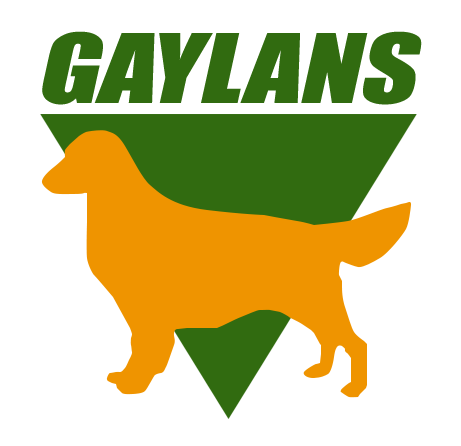 have heard?
have heard?
Don’t take anything at face value. Question, question, question. Recognize that “purebred” dogs are an experiment that has not yet reached its final chapter but the data we have so far does not bode well.
Don’t start out trying to improve your breed…you most likely don’t know enough yet and it’s an invalid goal anyway. Instead, try to maintain your breed’s genetic diversity while producing healthy, long-lived, good tempered dogs. The rest is gravy!
Study breeders of other species and learn from them; many are more successful than we are. Enjoy the dog games but recognize they are simply sports that people enjoy, they are not ways to evaluate breeding stock. Thus, you must find better ways to do that. Don’t take dogs and dog breeding too seriously. We are blessed to be able to pursue it.
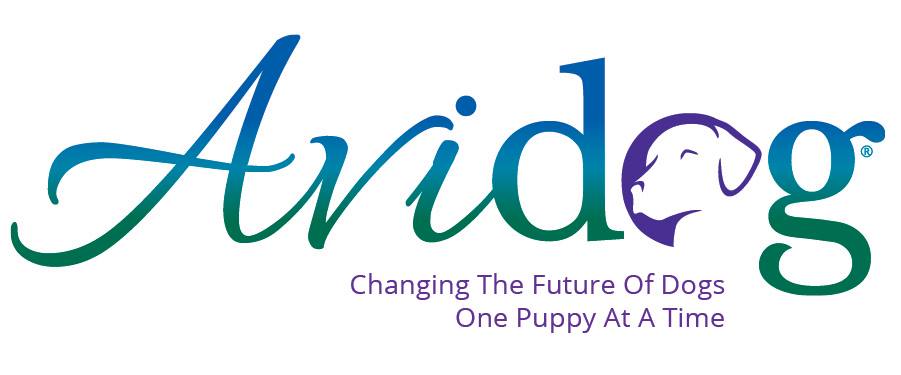
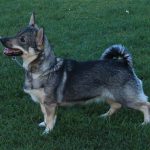 Previous Post
Previous Post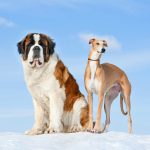 Next Post
Next Post


